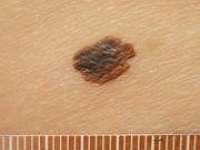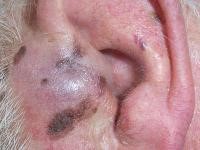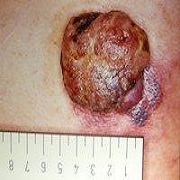Skin Cancer Clinic North Brisbane
Skin Cancer Clinic North Brisbane
The North Brisbane Skin Cancer Clinic is looked after by Dr Sanay Gadiyar, who have extensive experience in skin cancer diagnosis and treatment. Dr Gadiyar will continue to provide excellent patient care, while bringing new ideas and new techniques to the Skin Clinic.
Skin Cancers & How To Check Your Skin
The sooner a skin cancer is identified and treated, the better your chance of avoiding surgery or, in the case of a serious melanoma or other skin cancer, potential disfigurement or even death.
It is also a good idea to talk to your doctor about your level of risk and for advice on early detection.
It’s important to get to know your skin and what is normal for you, so that you notice any changes. Skin cancers rarely hurt and are much more frequently seen than felt.
Develop a regular habit of checking your skin for new spots and changes to existing freckles or moles.
- Make sure you check your entire body as skin cancers can sometimes occur in parts of the body not exposed to the sun, for example soles of the feet, between fingers and toes and under nails.
- Undress completely and make sure you have good light.
- Use a mirror to check hard to see spots, like your back and scalp, or get a family member, partner or friend to check it for you.
Be Sunsmart
1. Put on sun protective clothing
- Covers as much skin as possible eg. shirts with long sleeves and high necks/collars
- Is made from close weave materials such as cotton, polyester/cotton and linen
- If used for swimming, is made from materials such as lycra, which stays sun protective when wet
2. Put on SPF 50+ sunscreen
Make sure your sunscreen is broad spectrum and water-resistant. Don’t use sunscreen to increase the amount of time you spend in the sun and always use with other forms of protection too. Apply sunscreen liberally to clean, dry skin at least 20 minutes before you go outside and reapply every two hours.
3. Put on a hat
4. Seek shade
5. Put on some sunglasses
What is Melanoma?
- Melanoma(also called malignant melanoma) is a spot on the skin that contains cancer cells.
- Cancers are collections of cells that grow out of control and may invade surrounding tissues.
- Melanoma is a type of skin cancer that is sometimes dangerous because it can spread to other parts of the body and cause death.
- Melanoma grows from cells called melanocytes that have been damaged
Skin types

Skin burns. Does not tan

Skin burns easily. Tans poorly
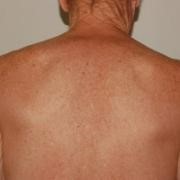
Skin sometimes burns. Tans easily
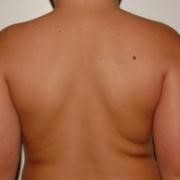
Light brown skin. Rarely burns
Different types of melanoma
There are several different types of melanoma. The differences between them determine what a melanoma looks like, how quickly it will grow, where it appears on the body and who is most likely to get one.
Thin Melanoma
Thin melanomas include:
- A thin melanoma begins as a flat, multicoloured patch with a smooth surface. Colours may include light brown, dark brown, black, grey, blue, pink and white.
- Cancer cells start growing “in situ” within the top layer of skin – this is called the horizontal growth phase.
- This type of melanoma slowly grows bigger over months or years.
- Eventually, the melanoma invades into the deeper layers of the skin – this is called the vertical growth phase.
- Risk of spread to other tissues depends mainly on the thickness of the melanoma at the time it is cut out.
Thick Melanoma
Thick melanomas include:
ABCD melanoma detection guide




Skin types
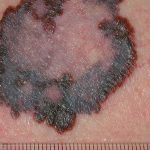
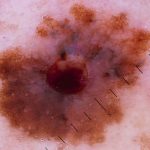
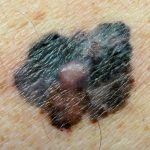
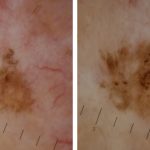
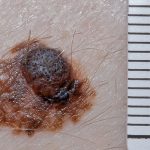
Contact Sandgate Doctor for more information regarding Skin cancer. Call 07 32691131 to make an appointment today.

